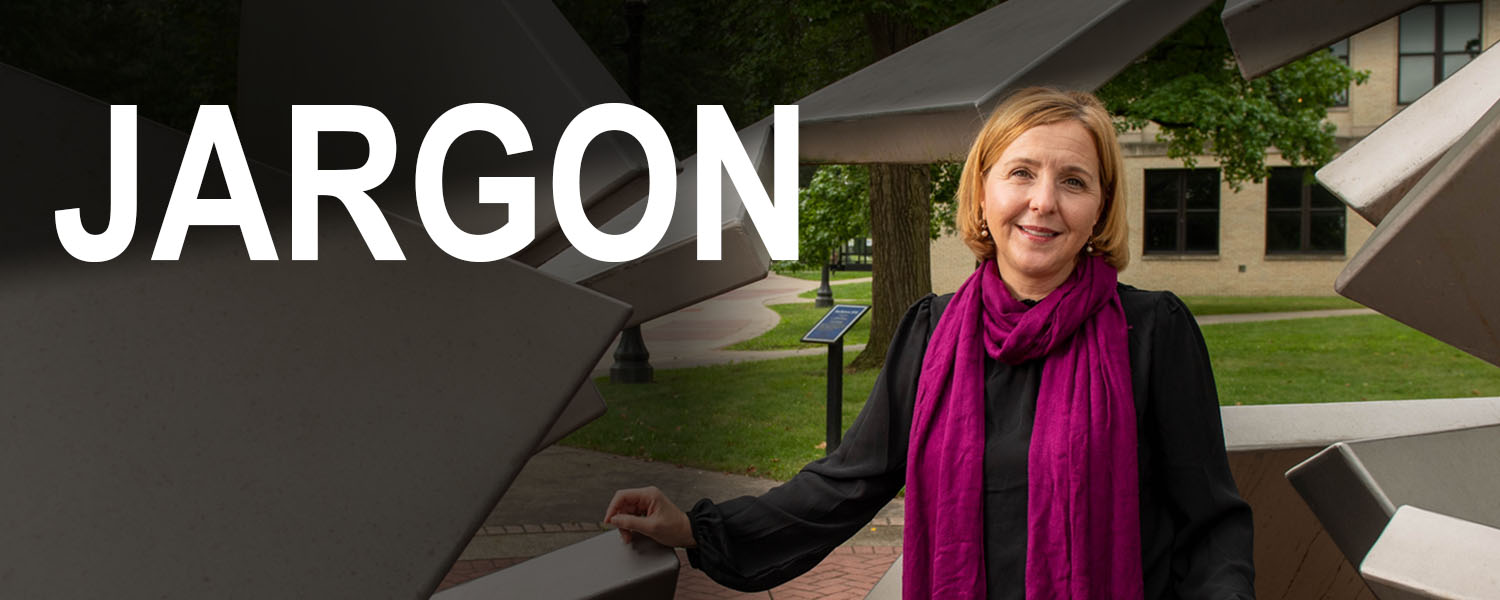
Managing Post-Pandemic Disengagement*
Headlines in recent months have said it all: ŌĆ£A ŌĆśStunningŌĆÖ Level of Student Disconnection.ŌĆØ ŌĆ£The Great Faculty Disengagement.ŌĆØ ŌĆ£An Epidemic of Student Disengagement.ŌĆØ The world has changed a lot in the last two and half years, and we still havenŌĆÖt sorted through all the implications.
A few things, however, are quite clear: We see our students ŌĆō even the best among them ŌĆō struggling to meet deadlines. We see events that may have drawn large crowds in the past now attracting little more than passing interest. And sadly, we see some of the most vulnerable, least connected students melting away altogether. Meanwhile, on the faculty side, we see many of our fellow educators around the country -- and perhaps even ourselves -- struggling to maintain earlier levels of enthusiasm. We see colleagues seeking ways to continue working from home ŌĆō or from the road or wherever ŌĆō rather than seeking to reconnect on campus. And we find many of our past strategies for engaging and motivating and encouraging students to be frustratingly ineffective.
The pandemic years left us feeling powerless in many contexts, but there are, in fact, many things that remain under our control.
In our courses, we have the power to exercise flexibility. All of us here at the School of Media and Journalism (MDJ) have long met students halfway. Can we do more? This doesnŌĆÖt mean lowering expectations or waiving assignments or relieving students of the responsibility to show up and do the work. But it may mean showing some grace. It may mean adjusting deadlines. It may mean developing alternative mechanisms for students to demonstrate their mastery of course content. The students in our classes today arenŌĆÖt the same kinds of students we had 20, 10, 5 or even 2 years ago. We need to adapt to this reality. Pining for the old days isnŌĆÖt going to change the ground truth today.
In our work lives we have the power to demonstrate leadership. In recent years itŌĆÖs been fashionable to lament the lack of grit among our students. Now that weŌĆÖre all living through difficult times, this is our opportunity to show students what perseverance looks like. When weŌĆÖre struggling, thereŌĆÖs no shame in acknowledging it. We can let them know how weŌĆÖre pushing through. We can use these experiences as teachable moments. We have an opportunity to model responsible adult behavior for our students. And weŌĆÖd do well to remember that sometimes we may be the only people in their lives who are doing that.
As human beings, we seek and thrive on connections. Pandemic disruptions interrupted ŌĆō and even destroyed ŌĆō many forms of connection. All of us -- including our students -- are hungry for new ways to connect. To feel that we belong. To nurture ties that tether us to others. We need to show our students how itŌĆÖs done. We need to share with them opportunities for connecting with others in our school, community, professional network and beyond. We need to tell our stories about how we connect and then point them toward a path forward.
WeŌĆÖre in the business of educating students. But weŌĆÖre also committed to ensuring that students feel welcomed, supported, and included. That can be hard when weŌĆÖre struggling with a lot of pressures ourselves. ThereŌĆÖs no doubt that everything is just harder now than it was before. But as IŌĆÖve told friends and colleagues around the country over the last two and a half years, IŌĆÖve never seen a more committed and caring faculty than I have at this School. Our students our lucky to have them. And weŌĆÖre all lucky to have the support of the broader MDJ community of alumni and friends. Thank you for all you do to help us do what we do.
*Portions of this essay appeared in the July 2022 Teaching Tips column for the AEJMC Newsletter.
